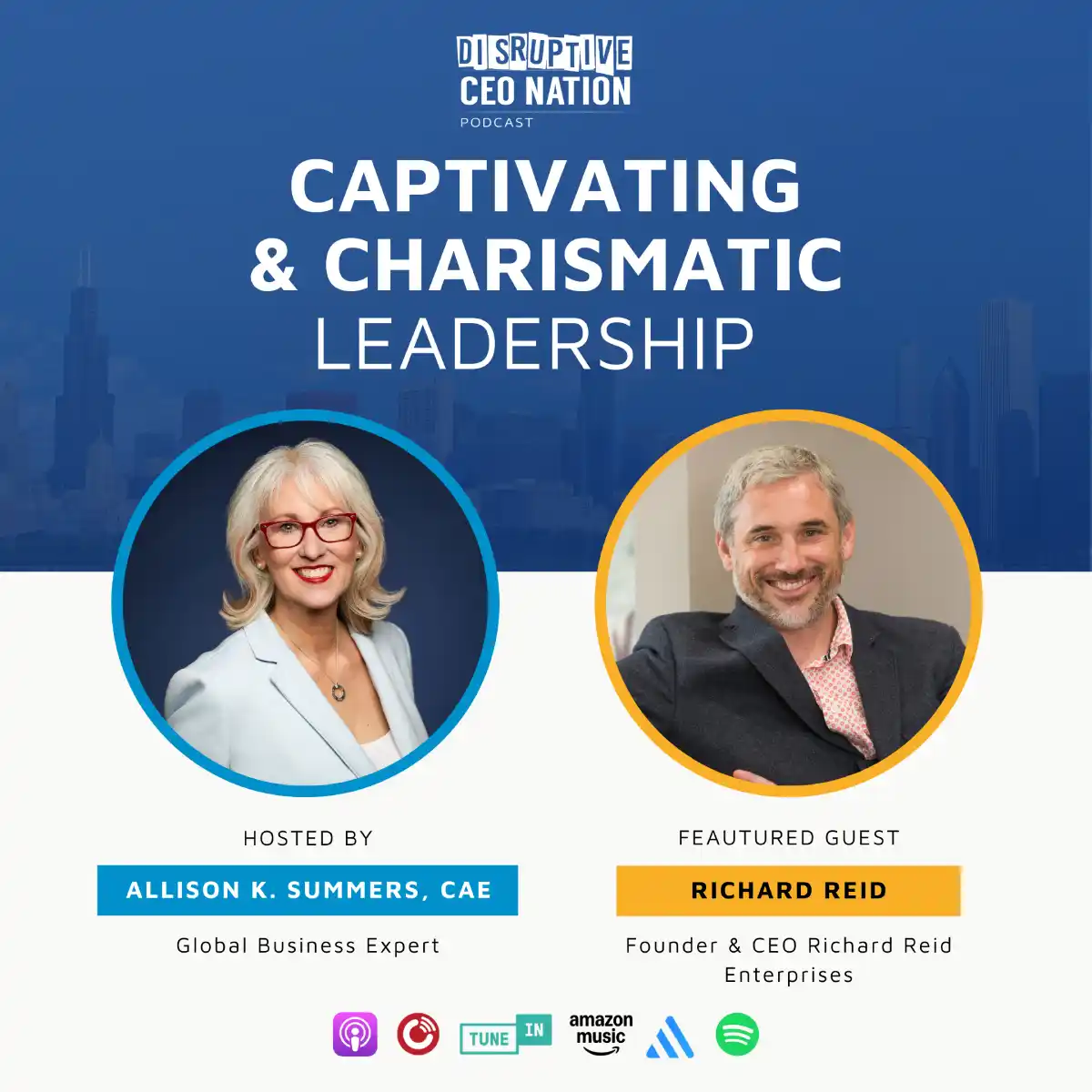Executive Summary
Every organisation encounters employees who, despite coaching and development efforts, continue to hinder progress, harm morale, or undermine organisational culture. Allowing such individuals to remain in the workplace can lead to long-term value destruction, affecting team cohesion, organisational performance, and overall morale. Yet identifying and dealing with these situations remains one of the toughest challenges for senior leaders, HR executives, and business owners.
This whitepaper provides a comprehensive framework to help leaders navigate these difficult decisions. It explores signs of toxicity and consistent underperformance, strategies to weigh compassion with pragmatism, and how to implement exit strategies without compromising organisational integrity. Drawing on academic research and real-world examples, we highlight the cost of retaining individuals who destroy value and offer actionable recommendations to create a healthy, high-performing workplace.
The paper is designed to empower business leaders to make informed, responsibility-minded decisions, ensuring that their organisations prioritise alignment, culture, and sustainable success.
Introduction
As organisations strive for growth, collaboration, and alignment, there will inevitably be moments when difficult conversations and decisions become necessary. At the centre of such moments are employees who no longer contribute positively to the workplace—individuals whose behaviours or attitudes erode team morale, diminish collective productivity, and conflict with organisational values.
Tough choices must be made when these efforts at rehabilitation fail. The challenge lies in balancing empathy and compassion for the individual with the broader needs of the organisation. Leaders face a critical question: How do we identify the tipping points for action, and how can we create a fair and responsible process for letting go of those who no longer align with our goals?
This whitepaper provides clarity and actionable strategies for addressing these difficult decisions while maintaining fairness, compliance, and the organisation’s long-term health.
The Impact of Toxicity and Underperformance on Organisations
1. The Ripple Effect of Toxic Individuals
Toxic employees have a disproportionately negative impact on workplace culture. Studies have shown that their behaviour often undermines productivity, escalates workplace stress, and encourages negative behaviours in others. In a 2015 Harvard Business School study titled “Toxic Workers,” the researchers found that one toxic employee can cost a business more than twice the cost of a high-performing worker, considering liabilities such as turnover, absenteeism, and disengagement.
Key Consequences of Toxicity:
- Decreased Employee Morale: Toxic behaviours, such as persistent negativity, bullying, or unethical conduct, drain emotional energy from the team.
- Higher Turnover Rates: High-potential employees are more likely to leave a toxic workplace, exacerbating talent challenges.
- Declined Team Productivity: Teams can become paralysed by internal fractures caused by toxic individuals.
- Reputational Risks: Toxic behaviours often spill over to client relationships, supplier dealings, or external networks, harming the organisation’s credibility.
2. Leadership Blind Spots
- Normalisation of Dysfunction: Delays in addressing toxicity weaken organisational standards.
- Wrong Focus in Development Plans: Valuable resources are spent coaching individuals unlikely to change, while high-performers may feel neglected.
- Compromised Accountability: Failing to act sends a message that toxic behaviours will be tolerated.
Identifying Value-Destroying Individuals: Key Indicators
Not all challenges with employees require dismissal. Many individuals can be coached, mentored, or supported towards becoming valuable contributors. However, there are times when intervention proves ineffective.
Signs of Toxic Behaviour
- Bullying or Harassment:
Repeated incidences of verbal abuse, exclusionary practices, or manipulation damage morale and violate organisational values. - Persistent Negativity and Resistance:
Chronic complaints, refusal to adapt to changes, or consistent dismissal of team goals undermine collective efforts. - Undermining Colleagues:
Tactics such as gossip, sabotage, or public criticism harm the trust essential for team cohesion. - Contravention of Core Values:
Toxic individuals often behave in ways misaligned with the organisation’s mission, values, or ethical expectations.
Indicators of Underperformance
- Chronic Failure to Meet Targets:
An employee consistently failing to meet established KPIs despite clear expectations and documented support is a strong indication of a deeper issue. - Lack of Accountability:
Refusing to take ownership of mistakes or deflecting blame onto others signals a failure to embody a growth mindset, which is essential for professional progress. - Insufficient Skill Development:
Even with training or support, some employees demonstrate an inability to progress in a manner that aligns with the organisation’s strategic needs.
By recognising these signs, leaders can determine whether the issue is isolated or indicative of a broader pattern of value-destroying behaviour.
Weighing Compassion with Pragmatism: Finding the Balance
Leaders must carefully weigh compassion for individuals with their responsibility to the broader organisation. Striking the right balance requires a measured, structured approach.
1. Prioritise Fairness
- Clear Expectations: Communicate performance or behaviour standards and document specific concerns with examples.
- Access to Support: Provide coaching, mentoring, or resources (e.g., training programmes) aimed at addressing deficiencies.
2. Obstacle Management and Warning Signs
- Have you thoroughly identified all obstacles impeding the employee’s performance (e.g., role misalignment, workload concerns)?
- Is there evidence of meaningful efforts to improve, or are they resistant to feedback?
3. The Business Case for Action
- Team Impact: Is this individual’s presence damaging morale, collaboration, or trust within the team?
- Value Alignment: Is there an ongoing disconnect between the individual’s behaviours and the organisation’s cultural values?
- Costs of Inaction: What risks does retaining this individual pose to the organisation’s effectiveness and reputation?
Strategic empathy reinforces the need to act not from misgiving but from commitment to organisational health.
Implementing Exit Strategies Responsibly
1. Preparing for the Exit
Create a Transparent Roadmap:
- Clearly outline the steps leading to the dismissal.
- Consult with internal HR teams to ensure compliance with relevant employment laws and regulations.
Document Evidentiary Support:
- Throughout the coaching and performance review processes, maintain detailed documentation of all feedback, actions, and outcomes.
Safeguard Relationships:
- Frame exits as part of broader organisational strategies rather than personal failures. Thank the individual for their contributions to the organisation up to this point.
2. Conducting the Exit Process
- Communicate Clearly and Respectfully: Deliver the message in a private setting, outlining the reasons explicitly linked to performance or cultural misalignment. Use empathy but avoid ambiguity.
- Compensation and Transition Support: Offer a fair severance package and transition assistance, such as outplacement services, to reflect the organisation’s professionalism and compassion.
- Protect Remaining Teams: Communicate with teams in a way that avoids gossip or speculation. Focus on what the organisation is doing to improve team dynamics and refocus on shared goals.
Real-World Example:
Adobe introduced a performance management initiative called “Check-in” after removing its traditional annual review system. Managers conducted more frequent conversations about employee progress, enabling timely course corrections. For individuals who did not benefit from this structure, Adobe enacted transparent and fair dismissal strategies, ensuring their broader talent ecosystem remained engaged and high-performing.
Real-World Insights: Organisations That Benefited from Addressing Toxicity
1. Case Study: Netflix’s Culture of High Performance
Netflix proudly advocates a culture of “freedom and responsibility,” where strong performers are rewarded generously, and mediocre ones are let go with dignity. By making it clear that underperformers will not be retained, Netflix has incentivised excellence without compromising its collaborative culture.
2. Case Study: Uber’s Leadership Reset
In 2017, Uber faced significant reputational challenges driven by a toxic organisational culture that allowed unethical behaviours to persist. Following a detailed independent investigation, Uber restructured its leadership, removed several individuals who had been toxic, and reaffirmed its commitment to the values of accountability and integrity. Despite short-term disruptions, this paved the way for sustained operational improvement and reputational recovery.
Actionable Strategies for Leaders and HR Teams
- Audit Organisational Standards: Periodically review the organisation’s values, behavioural expectations, and feedback processes.
- Strengthen Pre-Hiring Due Diligence: Implement rigorous screening to identify potential hires who align with desired cultural and performance standards.
- Introduce Early Intervention: Develop structured mid-probationary reviews, tailored coaching plans, and quarterly performance diagnostics.
- Emphasise Transparent Communication: Establish a robust performance management system with regular check-ins and thorough documentation of progress.
- Normalise Constructive Exit Practices: Foster a narrative in which moving on is part of professional evolution, ensuring that departures do not disrupt the broader cultural fabric.
Conclusion
Tackling value-destroying behaviours and chronic underperformance requires courage, clarity, and commitment to the organisation’s vision for success. Leaders who invest in creating fair processes for identifying and responsibly parting ways with toxic employees can protect their organisation’s culture while maintaining integrity and respect.
By applying the insights and strategies outlined in this whitepaper, senior leaders and HR executives can better navigate these tough choices. Most importantly, they can foster environments where high performance, collaboration, and organisational alignment are prioritised above all else.
In the end, leadership is defined not by avoiding tough decisions but by the willingness to make them in pursuit of long-term organisational health and success.
References:
- Goler, L., Gale, J., Harrington, B., & Grant, A. (2016). “Why people really quit their jobs.” Harvard Business Review.
- Sutton, R. I. (2007). “The No Asshole Rule: Building a Civilised Workplace and Surviving One That Isn’t.”
- Housman, M., & Minor, D. (2015). Toxic Workers. Harvard Business School Working Paper.
- Buckingham, M., & Goodall, A. (2019). “Reinventing Performance Management.” Harvard Business Review.










